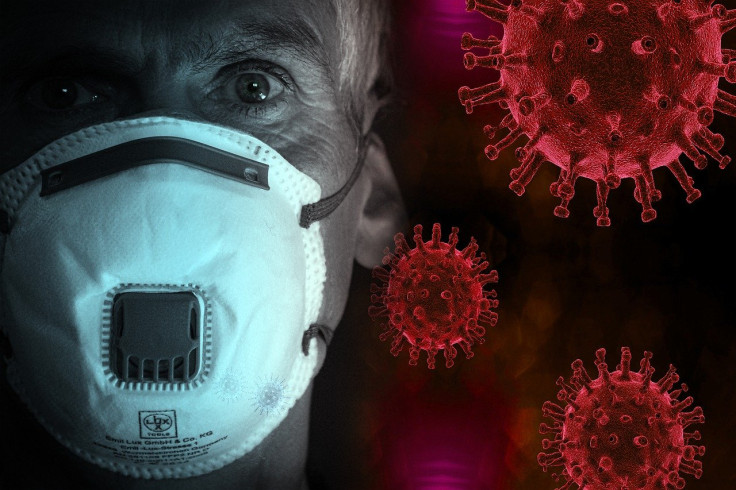CDC issues new update regarding coronavirus testing and isolation protocols
Following the directions listed by the federal agency should address problems such as shortages of protective equipment and testing kits.
As continued research into COVID-19 produces new details about the disease, healthcare systems need to be ready to make adjustments. In the past few months, the Centers for Disease Control and Prevention (CDC) has been updating its coronavirus guidelines accordingly. Now, the latest change reflected on the online resource, details the shift from a test-based strategy to a symptom-based one.
Health officials hope that this will reduce the strain on its limited resources, which are now being pushed to the limit as recorded cases rise in the United States. Following the directions listed by the federal agency should address problems such as shortages of protective equipment and testing kits.
Moreover, the manpower needed to oversee suspected patients will be allocated to those who need immediate care instead. This means unnecessary and lengthy isolation will no longer be required for individuals deemed asymptomatic by doctors.
The CDC noted: "For patients who are not severely immunocompromised and who were asymptomatic throughout their infection, Transmission-Based Precautions may be discontinued when at least 10 days have passed since the date of their first positive viral diagnostic test." Instead of waiting for at least 72 hours after the fever breaks without the help of medication, this has been lowered to 24 hours.
However, people who were exposed or suspect that they have been exposed to others with COVID-19 are still urged to follow a strict 14-day quarantine. This is based on an established timeframe for symptoms to manifest in a typical infection scenario. Although there have been outliers, the previously indicated average still stands as the basis for self-isolation.
It appears that there is growing evidence to support the decision to implement the aforementioned directives. Studies have apparently shown that the virus remains detectable in recovered patients for up to 12 weeks. Therefore, follow-up testing should not be conducted within a three-month period after the first onset of COVID-19 symptoms.

Despite what many speculated, the CDC claims that in the six months since the COVID-19 pandemic started "there have been no confirmed cases of SARS-CoV-2 reinfection." Nevertheless, experts still encourage people to follow the protocols suggested by the World Health Organization (WHO).
© Copyright IBTimes 2025. All rights reserved.





















